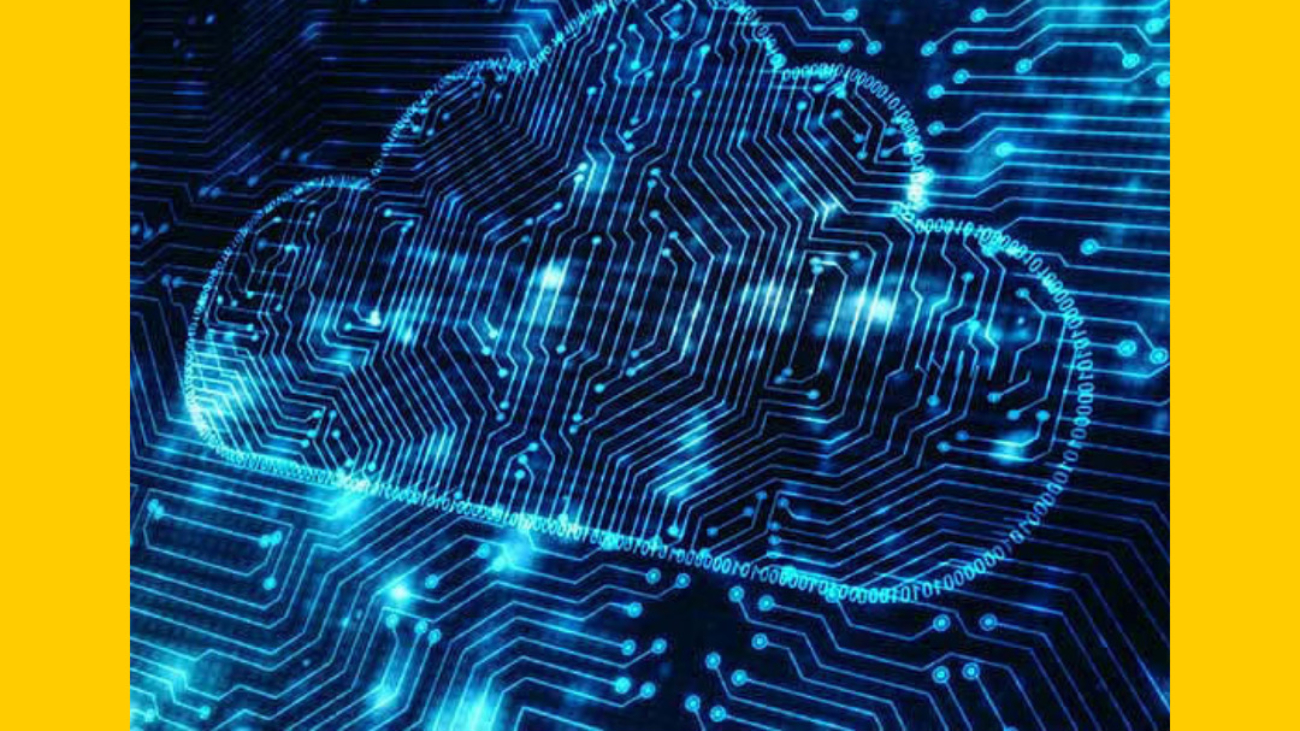What is Edge Computing?
Edge Computing is a distributed network structure focused to bring computing and data storage closer to the source of data in order to reduce latency and bandwidth use.
For example: Facial recognition software in the iPhone. Edge computing is needed in facial recognition of iPhone as well as in CCTV cameras. If there was Cloud Computing in facial recognition, it would take a lot of time to unlock a mobile phone.
What is Cloud Computing?
Cloud Computing is the range of services delivered over the internet and services to store data on cloud instead of depending on HDD (Hard Disk Drives) or SSD (Solid State Drives).
Benefits of having Cloud Computing:
- Flexible: Cloud computing allows to start with small deployments on data storage and expand anytime according to the needs.
- Maintenance: If a company has in-house data storage, they have to maintain it by themselves. Meanwhile, if a company has Cloud Computing, Cloud Computing service takes care of maintenance.
- Cost Saving: When it comes to expansion, financial and operational costs are less.
- Resource pooling: Multiple users can share the same space, access from any location and equal access to source at the same time.
Edge Computing vs Cloud Computing:
With the increasing demand of real-time applications, cloud computing cannot be preferred as a choice of use. Real-time applications need fast information and cloud computing has more latency than Edge Computing. Cloud Computing processes information which causes delay in real-time application but has vast amounts of data storage space and gives access to users from any region. Today’s technology demands less latency and high speed to customers. Therefore, one cannot afford Cloud Computing in every need.
Although Cloud Computing has benefits, Edge Computing holds more advantage:
- Less Latency/Fast Processing: Edge Computing has less latency in comparison to Cloud Computing. Cloud computing takes raw information and exchanges processed information. This process of exchange takes time, which is not acceptable in Real-time application.
- Low Connectivity cost and Better security: Edge computing allows organization to filter data at the storage which helps in transferring confidential and sensitive information through less devices and builds better security. Low connectivity cost due to less movement. Thus, it eliminates the cost of required storage equipment.
- Better Data Management: According to reports, connected devices have reached around 20 Billion. Edge Computing keeps better data management, as it is preferred for real-time application.
For example: Google Maps. While the user is requesting data of traffic in their path, the data server looks out for the other connected devices in the user’s path. If other devices are not showing any movement, Edge computing sends information as traffic ahead to the user.
Final Thoughts: We @Cloudploys provide you knowledge and information keeping your best interest in mind. Even though Edge Computing has more advantages over Cloud Computing, the best solution is not necessarily the more advantageous one but rather the more suitable one. Here is where our experts can guide you!


